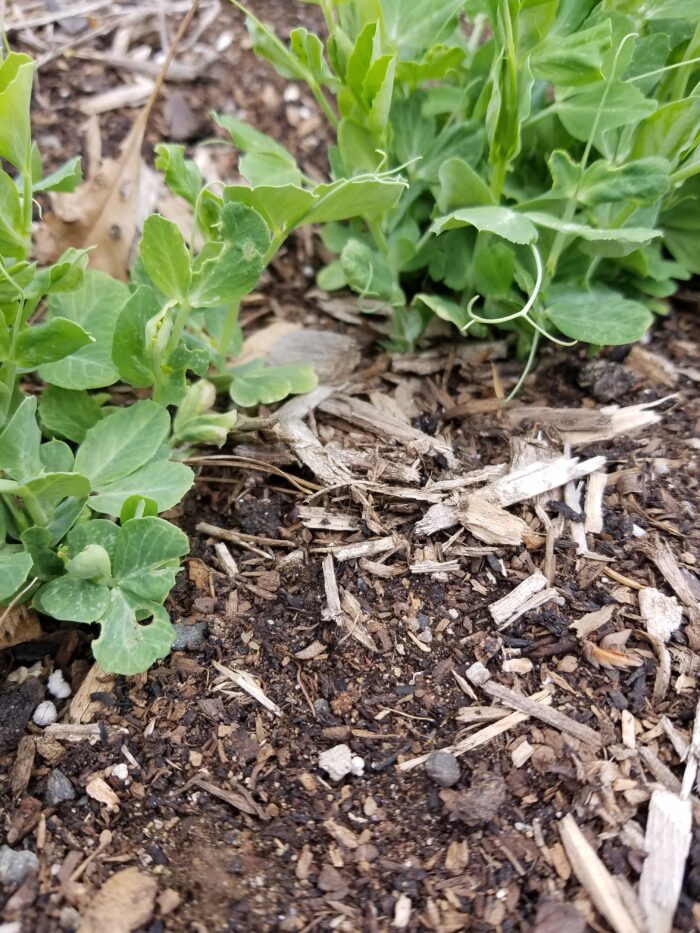
Soil is a complex structure made up of mineral solids and organic matter interwoven with aggregates and open pore spaces. The open spaces between soil particles are just as important as the solids; pores allow air, water, and dissolved nutrients to travel through the soil, nourishing beneficial microorganisms and plant roots. As you begin your spring planting, keep soil health at the top of your mind with these practical tips.
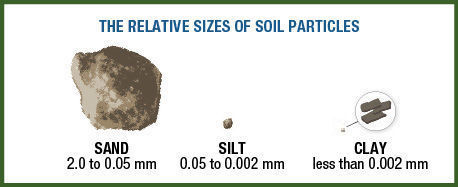
3 Tips for Healthy Soil
Get to know your soil’s solids
As most gardeners know, the minerals that are in your soil play a large role in how it functions. Your soil’s texture is determined by the mix of sand, silt, and clay particles that it contains; it is fixed by your region’s geology and climate, and it is not easily changed. To learn more about the makeup of your local soil, visit the USDA Web Soil Survey.
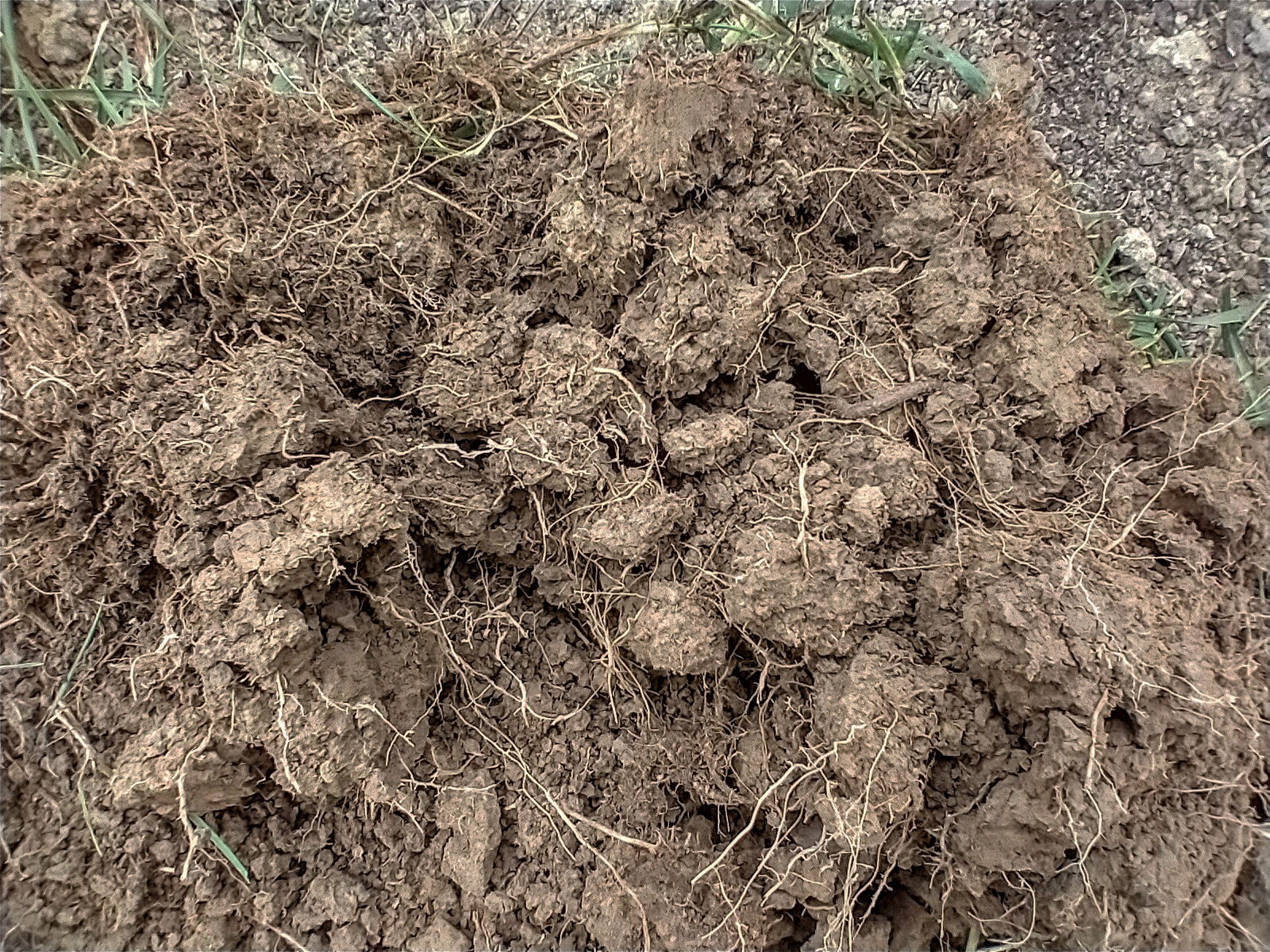
You can also learn quite a bit about your soil from simple observation. Dig up a sizable soil clump and examine it. Good soil structure feels crumbly or granular. You should see visible clumps, loose pieces of soil mingled with clinging plant roots, and decaying organic matter. Soils with adequate organic matter, around 5%, tend to be less compacted, with a good, open structure.
On the topic of soil compaction, it is important to wait until garden soil is relatively dry in spring before digging, tilling, planting, or stepping on it. Soil is especially susceptible to compaction when it is wet or saturated. Compacted soil has fewer of the vital pores that allow plant roots to grow freely and find water, air, and nutrients.
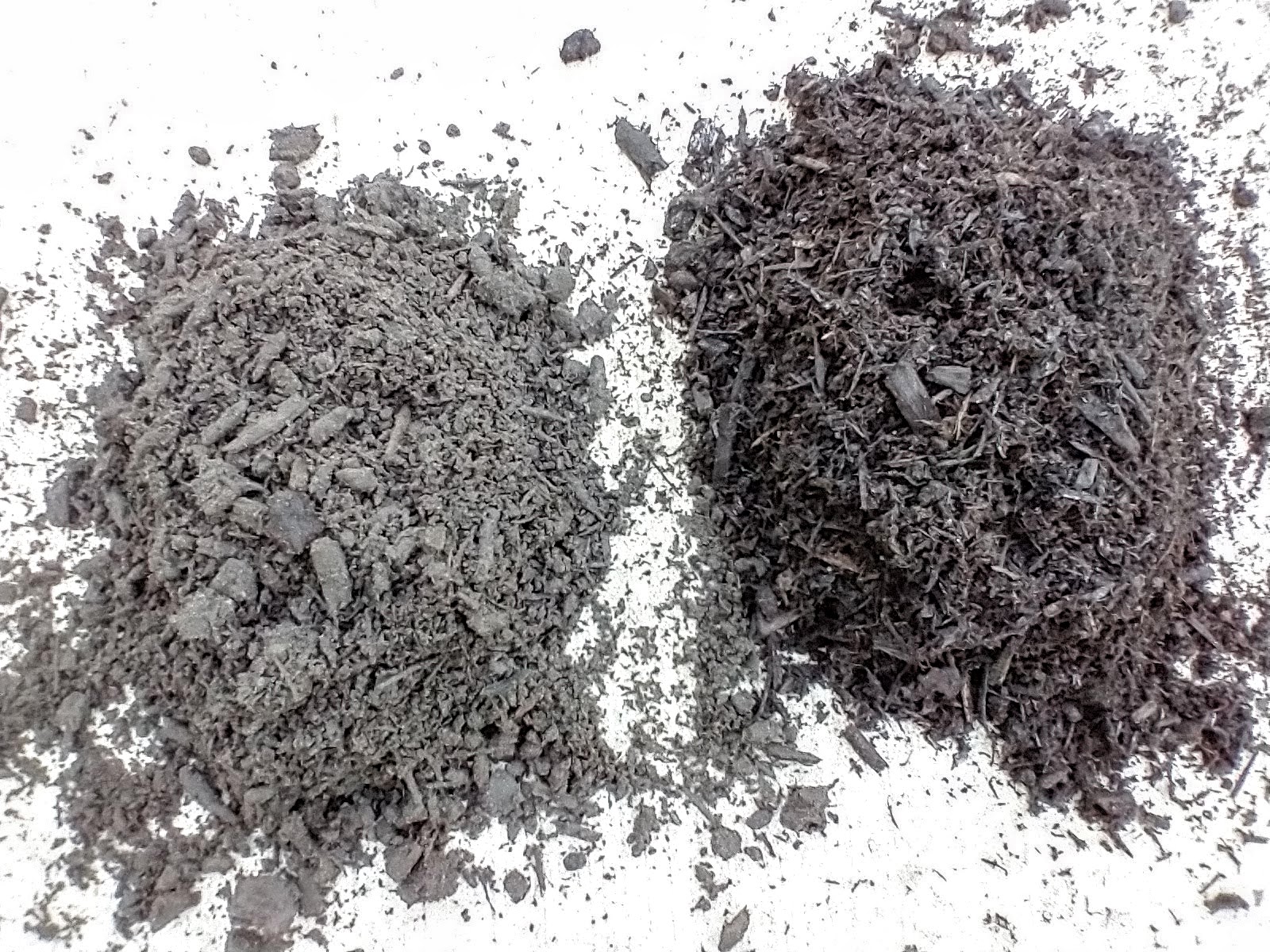
Feed your soil a natural diet
One of the most important components of healthy soil is organic matter, which is largely made of carbon from decomposed plant residues. Amending your soil with organic matter is easily done by top-dressing beds with it or mixing it into the top few inches of garden soil. Amending your soil in fall will allow time for the materials to decompose over the winter months, but you can add fully decomposed matter to your soil at any time. As planting season approaches, consider getting a soil fertility test, which will tell you if your soil has an overabundance or deficiency of macronutrients. Use the test results to determine whether or not to apply fertilizer. If the test results indicate that the soil’s pH should be adjusted, follow the guidelines provided to ensure that you apply the proper amount of lime or sulfur needed.
Commonly used organic soil amendments include:
- shredded leaves
- homemade compost
- compost from spent mushroom substrate, often called mushroom manure or mushroom soil
- peat moss
- aged or dried animal manure
- humus
Different types of organic matter have different characteristics. For example, aged compost or dried manure contains many more nutrients than peat moss. Peat moss has an acidic pH and holds more water than compost.
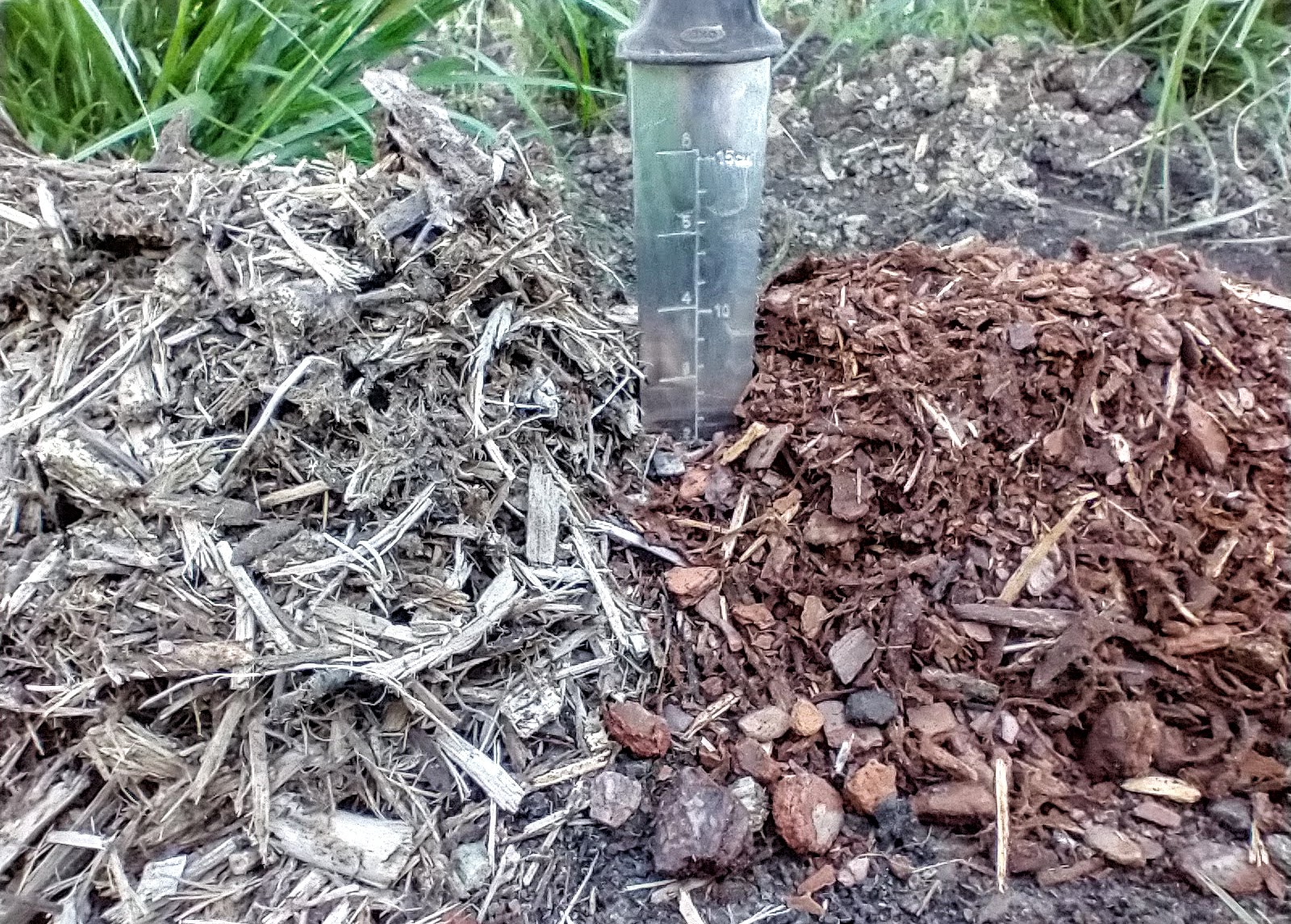
Protect your soil with mulch
Properly mulching garden soil with organic materials has many benefits:
- Mulch retains soil moisture and rainwater.
- It moderates seasonal temperature extremes.
- It suppresses weed growth.
- As it decomposes, mulch adds nutrients to the soil and improves soil structure.
Suitable organic mulch materials include shredded natural wood or bark, shredded leaves, screened compost, pine needles, chipped pine bark nuggets, and coarse wood chips. Nonorganic mulches, like stone and landscape fabric, do not benefit soil in the same way that organic materials do.
Spring is a good time to mulch garden beds. Apply an even layer of mulch that is 2 to 4 inches on top of the garden bed soil. Consider any remaining mulch from last season as part of this depth measurement to ensure you do not put down too much. Keep the mulch layer 3 to 5 inches away from the bases of shrubs and trees, since excessive mulch piled up against a wood plant’s base will cause root problems.
—Thomas J. Mrazik is a horticulturist, a garden writer, and the owner of Goodly Gardens in Worcester, Pennsylvania.
To read more about soil health and what you can do to support it, check out this article by Bob Schindelbeck from Cornell University’s Department of Soil and Crop Science here: Put the Life Back Into Your Soil
The second chapter of FG’s Gardening Basics Project Guide is dedicated to soil. You can find it here: All About Soil
Fine Gardening Recommended Products
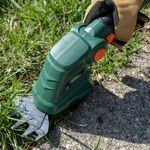
Scotts Outdoor Power Tools Cordless Grass Shear/Shrub Trimmer Combo
Fine Gardening receives a commission for items purchased through links on this site, including Amazon Associates and other affiliate advertising programs.
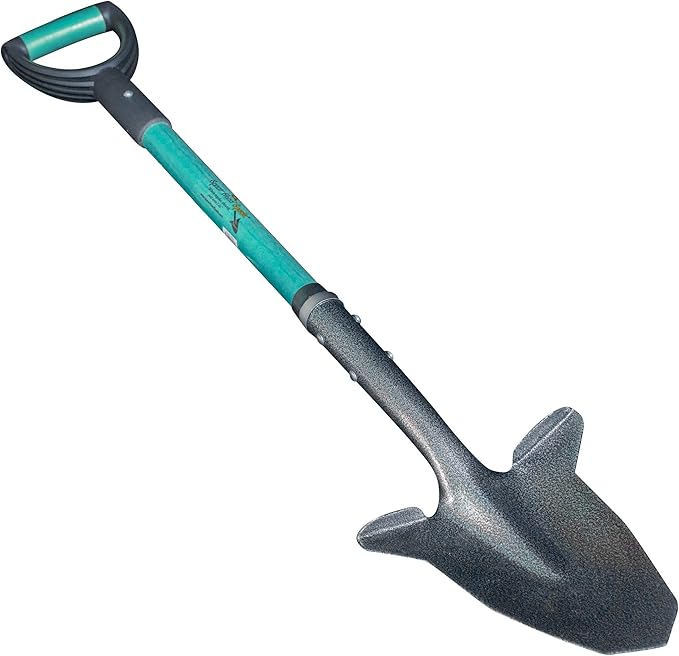
Spearhead Shade Gardening Shovel with Steel-Reinforced Fiberglass Handle
Fine Gardening receives a commission for items purchased through links on this site, including Amazon Associates and other affiliate advertising programs.

Stihl GTA 26 Wood Cutter with AS 2 Battery and Charger AL 1, Battery Operated
Fine Gardening receives a commission for items purchased through links on this site, including Amazon Associates and other affiliate advertising programs.




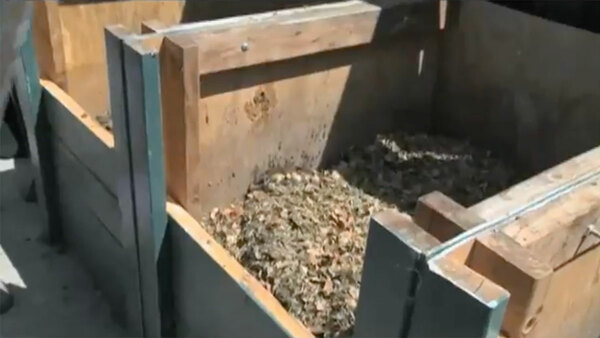

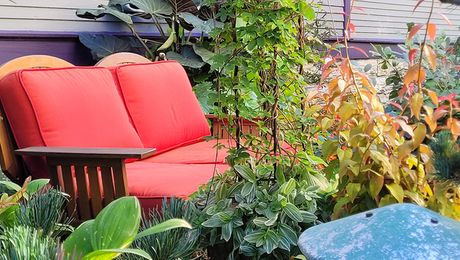











Comments
Log in or create an account to post a comment.
Sign up Log in